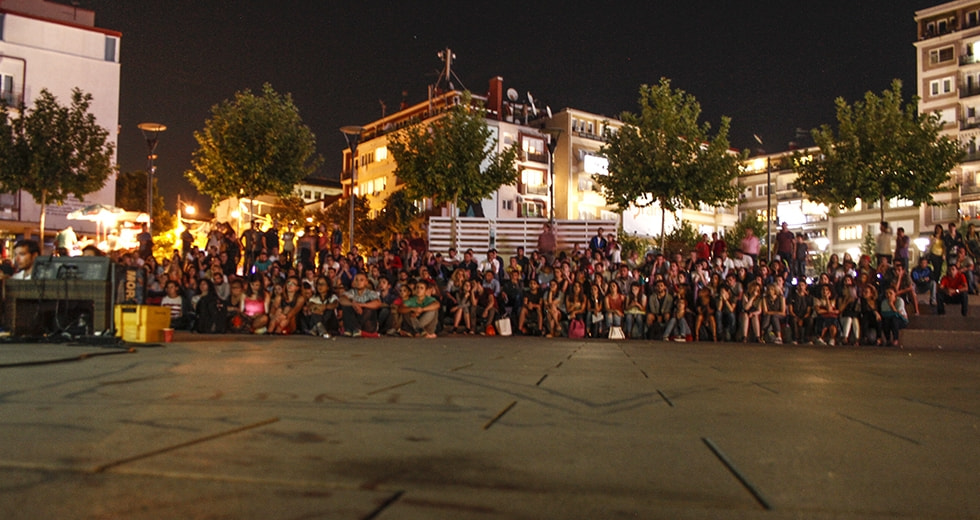
A poignant tribute to Kosovo’s missing persons
Prishtina marks victims of enforced disappearance.
|01.09.2016
|
Every nation tries to victimize themselves and our countries are based not on myths but mythomania … something I like personally to fight against with this film — against the lie that was being shown as a truth.

Dafina Halili
Dafina Halili is a senior journalist at K2.0, covering mainly human rights and social justice issues. Dafina has a master’s degree in diversity and the media from the University of Westminster in London, U.K..
This story was originally written in English.